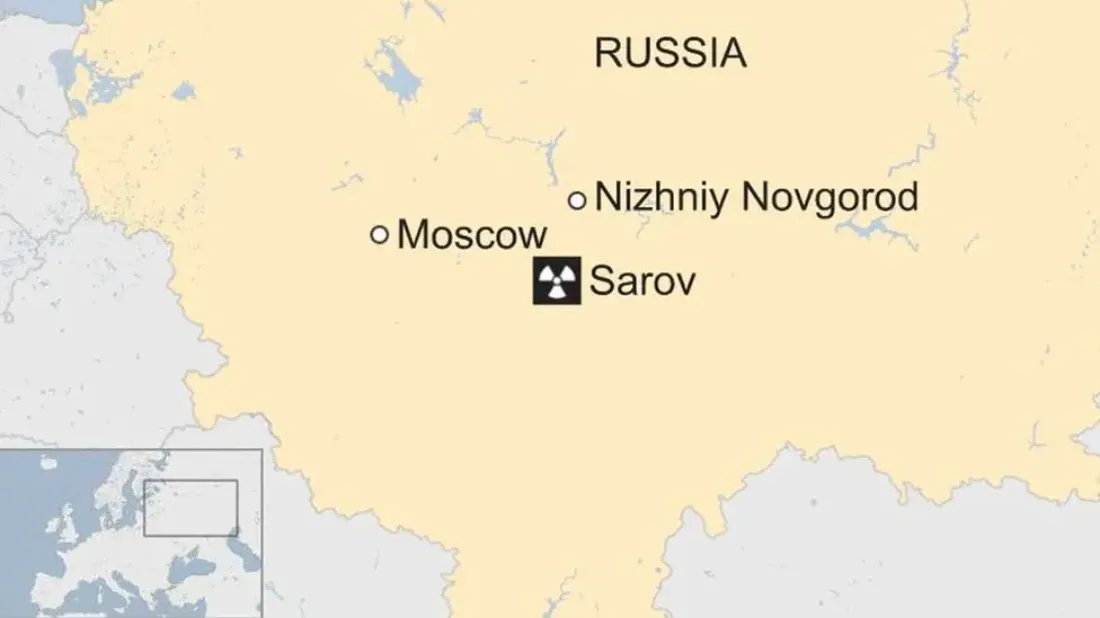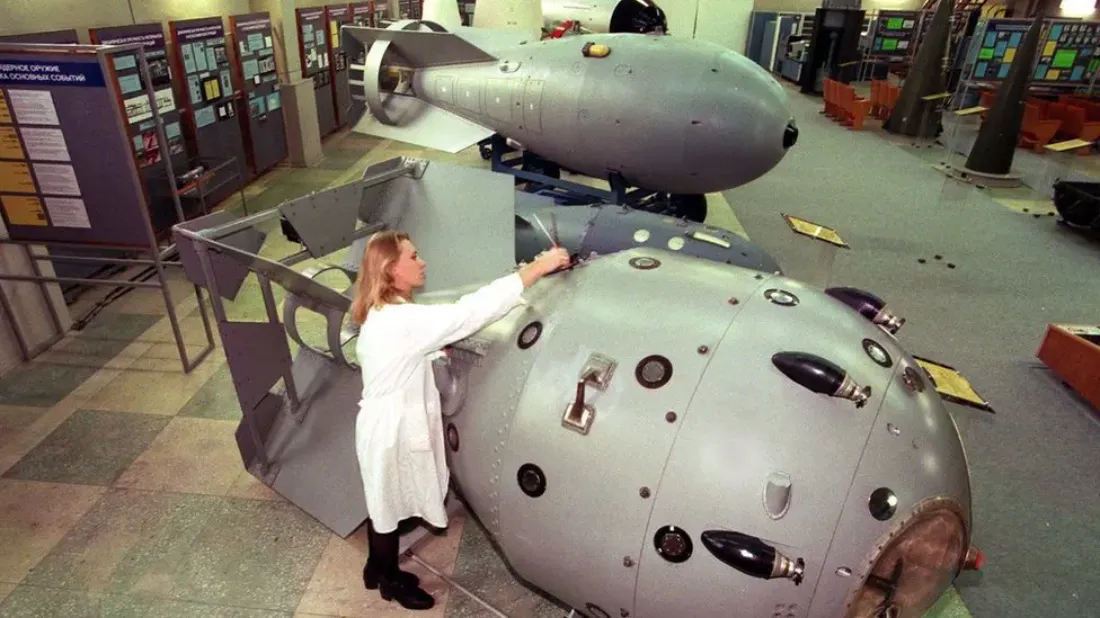MONEYMAKERS
February 9, 2018
1BTC:$8689.838800
- Artist
- Fact Date
- Fact #
- undefined
- Printing Specifications
- Paper / Stock
- Page Size
In what sounds like the beginning to a John le Carré novel, Russian security officers arrested scientists at a top secret nuclear warhead facility in 2018. Their crime? Mining bitcoin on a supercomputer. Covert crypto mining became all the rage, with everyone from lab assistants to students commandeering computers to crunch numbers.
Guest Written by Jason Deane
It wasn’t that mining in itself was illegal: it was that the scientists in question had found a way to do so using government equipment and power. Even then, perhaps that wouldn’t have warranted such spectacular public arrests, but the location of the crime also played a part. This happened in the city of Sarov – a Stalin-era city so incredibly secret that it’s entirely closed to outsiders and didn’t even appear on many maps for decades.
The reason for this extreme secrecy is that, among other things, Sarov is home to the All-Russian Research Institute of Physics. That institute housed one of Russia’s most powerful supercomputers which, reportedly, could conduct transactions up to 1,000 trillion operations per second, or one petaflop.
But there was also one more important factor: this wasn’t just any ‘normal’ physics institute. It also happened to be the crown jewel of Russia’s nuclear weapons research division, responsible for designing and maintaining the country's nuclear arsenal.
Repurposing equipment designed for national defence towards mining Bitcoin was never going to sit well with any authority, but this was – and still is - especially true of the Russian Federation.
So, what exactly happened?
Scientists working at the facility had realised that the advanced supercomputer they had at their disposal to simulate nuclear models was ideal for mining. They could then send the proceeds to their own wallets and profit from the Proof-of-Work they were providing.
It was an ingenious plan, but with just one snag: while no-one would probably ever have noticed the machine working away at maximum power, it needed to be connected to the internet to receive block data and send hashes.
For obvious security reasons, the supercomputer was ‘air gapped’ – that is, physically separated from any internet connection. While this was relatively simple to resolve from a technical perspective, the scheme was already doomed from the moment the connection went live in June 2017.
The new connection immediately triggered warnings with the facility’s cybersecurity systems, yet, incredibly, it took another eight months before Russia’s Federal Security Service (FSB) finally intervened and made the arrests.

What happened to the scientists?
The three scientists - Denis Baykov, Andrey Rybkin and Andrei Shatokhin - were arrested as part of the operation and charged with various criminal offences. All were found guilty and given different sentences.
Baykov got away reasonably lightly with a fine of 450,000 rubles (approximately $7,000 at the time) whereas Shatokhin received a prison sentence, suspended for four years. Rybkin, the last to be convicted, received a 39-month stretch in a penal colony and a fine of 200,000 rubles (around $3,122).
None of the scientists ever revealed the amount of bitcoin they successfully mined, but a cryptic clue on the matter was made by Alexei Kovalyov, one of the scientist’s lawyers, who simply said:
“I can say one thing for sure: they were not detained on the first day they began to mine.”

What happened next?
Although this was thought to be one of the first major incidents of this nature, it was far from the last.
Across the world, powerful equipment located in labs, libraries, universities and government agencies was also secretly being repurposed to earn bitcoin at the expense of the institutions they served.
In Russia itself, it was just the tip of the iceberg. In the months and years that followed, there were multiple reports of employees at meteorological centres, railway networks, and even the interior ministry being caught running mining rigs at work. These operations ranged from small-scale schemes using a few office PCs to elaborate setups hidden deep in basements or behind false walls.
In reality, this is probably still happening today, even as you’re reading this.
The notion that technology originally designed to divide and kill was repurposed, however briefly, to support an inclusive global monetary network, is quite a thought.
- Artist
- XXXXX
- BTC On this day
- February 9, 2018
- Market Cap
- $146,462,236,317
- Block Number
- 508,370
- Hash Rate
- 17,754,032.85 TH/s
- Price Change (1M)
41%
- Price Change (3M)
37%
- Price Change (1Y)
778%
